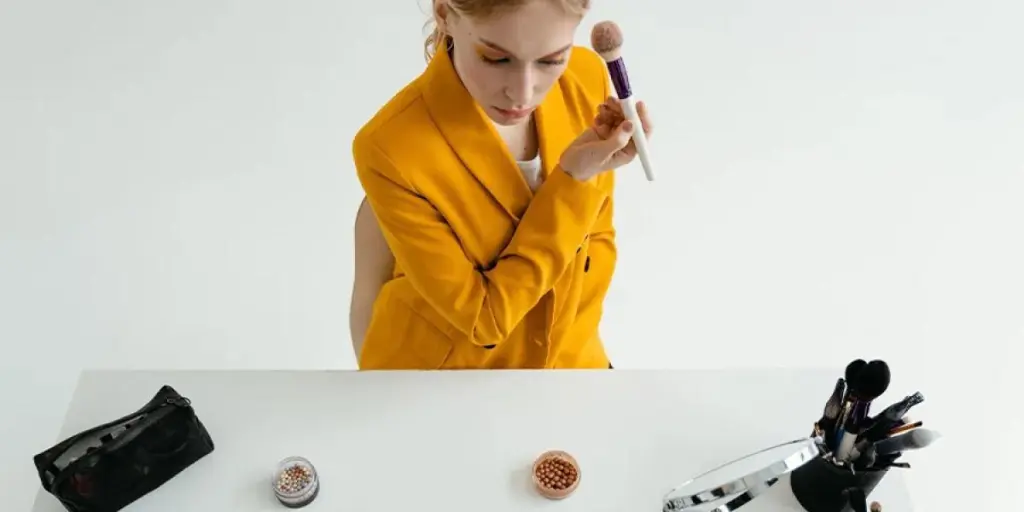Australians spend an estimated $22 billion on beauty products annually, but as the world continues to shift the demand for specific products, trends are beginning to change. Conversations about sustainability, respectful sourcing, transparency, and inclusivity have become front and center.
This has created new trends in not only the Australian beauty industry but worldwide. Read on for a breakdown of these trends so your company can stay ahead of the curve.
Table of Contents
The market for beauty in Australia
4 major trends in Australian beauty
Getting on board with Australian beauty trends
The market for beauty in Australia
According to a recent market report published by P&S Market Research, the current value of the Australian beauty market is nearly $6.21 billion and is expected to increase significantly by 2026 at a compounded annual growth rate (CAGR) of 3.9%.
The largest market segment is personal care with a volume of $2.6 billion.
Similarly to that, the global beauty market is anticipated to be worth over $400 billion by 2025. 39% of the total revenue is expected to be generated from online sales.
With these statistics in mind, there is no doubt that the Australian beauty market is rapidly growing and becoming an interesting platform for companies, traders, and manufacturers worldwide.
4 major trends in Australian beauty
Australians are confronting past issues and demanding acknowledgment of indigenous communities, sustainable beauty practices, transparency, and inclusivity.
As they confront these issues, they begin to set the bar, creating trends throughout the continent and beauty industry as a whole.
1. Source with respect
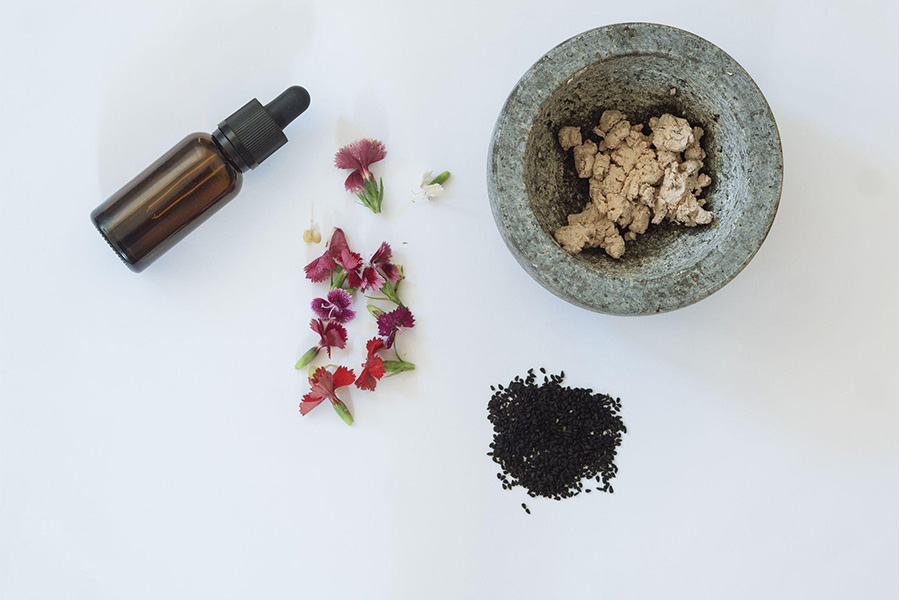
As consumers become more aware of where their products are coming from, it has become increasingly important that they are sourced with respect. This is especially important for any ingredient that is indigenously sourced or used in cultural teaching or ceremonies.
Consumers want to ensure the material has been sourced ethically, with attribution given to those deserving of it.
If skin care or beauty products have certain medicinal purposes, this must be explained with credit given to indigenous communities who have passed down the teachings. Having further directions on how to properly use these products and give continued support to indigenous communities will also go a long way.
2. Focus on relatability rather than perfection
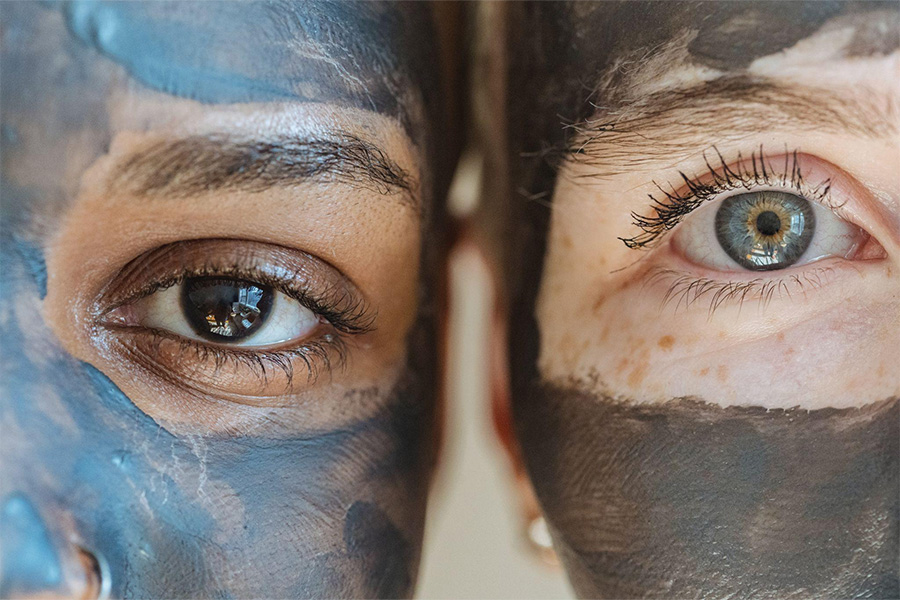
Consumers are more understanding than often given credit. They would much rather have transparency and truth than an unrealistic picture.
When making specific claims for a beauty product, the proof needs to be there. If the product or company is working towards a better practice and production method but is not necessarily there yet, it needs to be explained.
Consumers are willing to be patient with companies if they understand that they are on the right path and taking the necessary steps to make the appropriate changes.
This goes beyond just the ingredients and sourcing; it includes the packaging and deliverable of the product. Consumers want products that communicate a clear message and have an understandable and relatable approach.
3. Make sustainability accessible
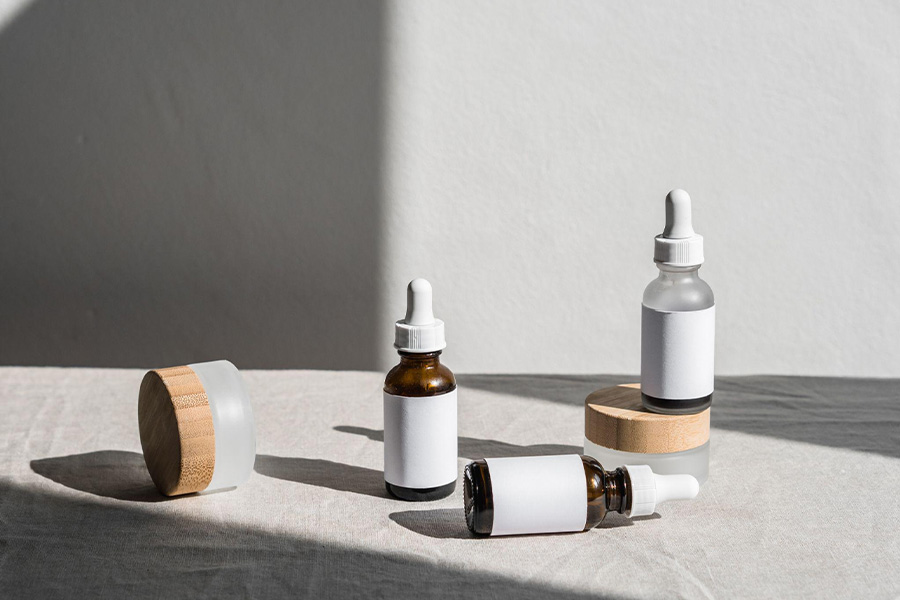
As the world is evolving, consumers want products that are changing to meet the current environmental crisis. With climate change and increased environmental disasters in the spotlight, consumers are pushing for products that are naturally sourced, sustainable, and good for the environment.
33% of Australians state they believe in living minimally, and 9 out of 10 Australian consumers said they are more likely to buy a product if it is sustainable and ethically produced.
Consumers are looking for affordable and functional eco-friendly products that will make being sustainable an easy and accessible process. This includes products using refillable containers, recyclable materials, and biodegradable mediums.
4. Prioritize all-clusivity
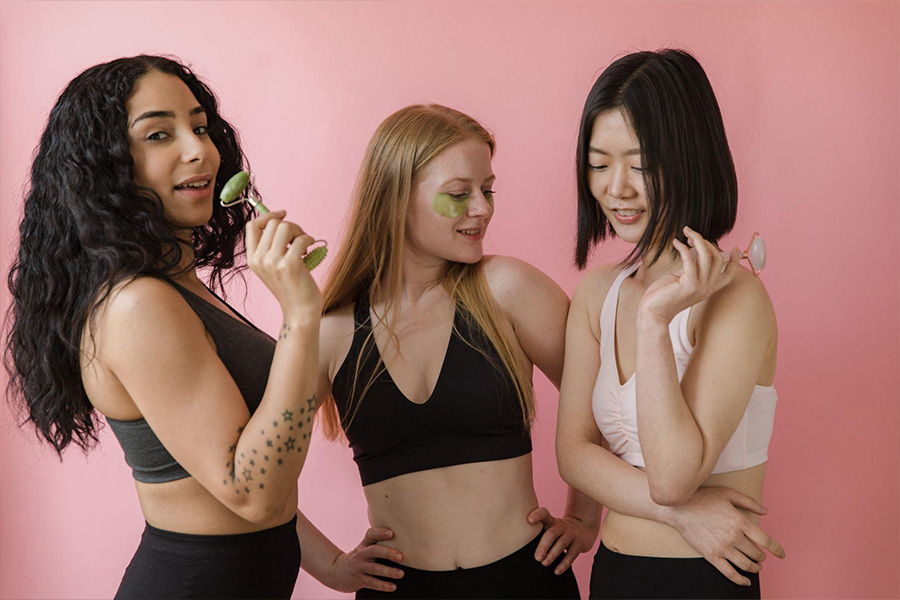
New generations are embracing products that are inclusive to everyone. This means making beauty products that are accessible to all genders, ages, orientations, races, and disabilities.
Beauty products with packaging accessible to those that are visually impaired have become increasingly popular as they increase the level of inclusivity.
More inclusive products include non-gender specific packaging, skincare available for all skin types, and pigments and products that are accessible and affordable for all income levels.
But it does not just end at the packaging. The message and marketing need to speak to everyone and make all individuals feel heard, understood, and welcomed.
Getting on board with Australian beauty trends
Consumers are becoming more aware of the processes and ingredients that go into their beauty products. As the generations progress, they are demanding transparency, sustainability, respectful sourcing, and inclusivity for all.
Ensuring products are suitable for the environment and inclusive will help set businesses up for success now and in the future.
